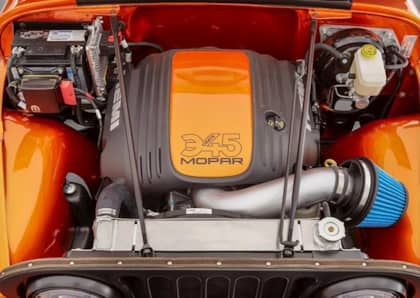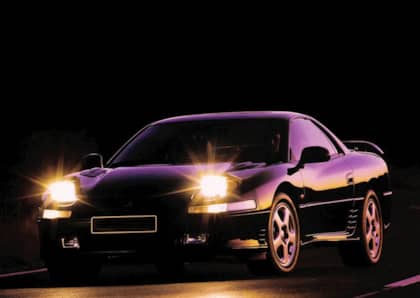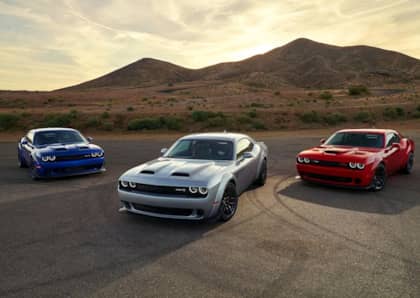5 Forgotten Turbo Mopars of the '80s and '90s
When you think '80s turbo, chances are your mind lights up with images of the Buick Grand National, or maybe the third-generation Toyota Supra. You're most likely not hung up on tiny four-cylinders running snails under the hoods of a procession of similarly-styled economy cars streaming forth from the factories at Chrysler.
That said, the Pentastar was one of the pioneers of turbocharging during that particular decade. While not every turbo variant of its value-priced lineup was worth writing home about, there were a number of intriguing exceptions that have been all but forgotten by everyone save a small group of enthusiasts dedicated to preserving their memory (and turning up the boost).
Nowadays, a turbocharged commuter car is the rule, but once upon a time it was stepping way out of line with the rest of the market. Let's take a look at five turbo Mopars that you might not have known ever existed.
1. Shelby CSX-VNT
It's no secret that Carroll Shelby was willing to partner with almost any automaker that would help him pursue his high performance vision (and keep his business in the black so he could also work on his own projects). By the 1980s he had settled into a comfortable relationship with Chrysler that resulted in a string of unusual front-wheel drive machines that, for their time, challenged the notion of what constituted a muscle car.
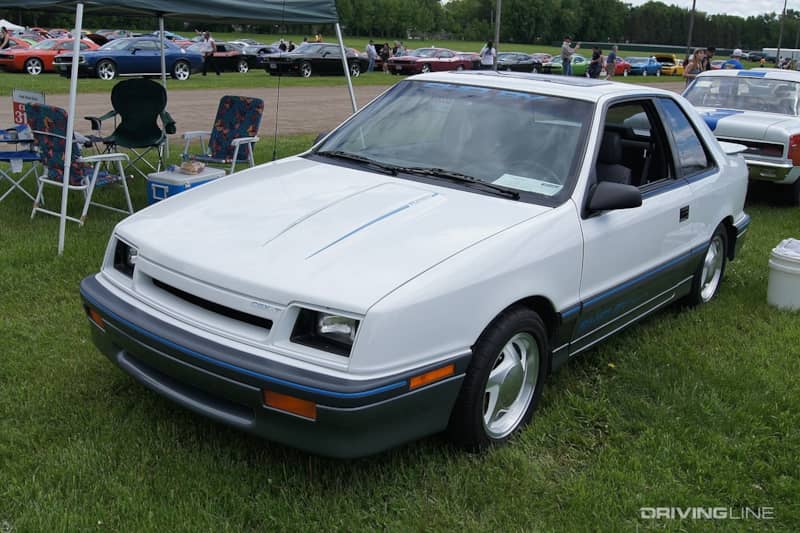
Of these, one of the best-developed was the Shelby CSX-VNT. Based on the two-door Dodge Shadow, the CSX first appeared as a 1987 model with around 150hp from a 2.2L Turbo II four-cylinder. By 1989, the final model year, the Turbo II had been upgraded with forged internals and a Variable Nozzle Turbo (VNT) from Garrett, which gave it 174hp and 225 lb-ft of torque.
The VNT setup eliminated the need for a wastegate, with the turbo's flexible vane geometry improving low-end response and prioritizing spooling off the line. In fact, the CSX was the first VNT-equipped car to be sold in North America, with Porsche soon adopting the technology for the 911. Good for a seven-second sprint to 60 mph, the limited-production (just 500 units) Shelby CSX-VNT was Mustang GT fast in an unassuming package.
2. Dodge Spirit R/T
Not all turbo Mopars bore the Shelby badge, but vehicles like the Dodge Spirit R/T were still worthy of attention. The sister to the Plymouth Acclaim (which featured its own, less-mighty turbo edition), the Spirit could trace the roots of its platform back to the original K car, but when the R/T edition was introduced in 1991 it quickly distanced itself from its economy roots by way of stunning straight-line speed. Would you believe that that Spirit R/T was the fastest mass-produced four-door sedan sold in America during its brief two-year production run? And yet you've still most likely never heard of it.
Like the CSX, the Spirit R/T featured a 2.2L turbo four, and although it was lacking the variable valve Garrett turbo, it did feature a 16-valve, DOHC head design from Lotus that was good for 224hp and 210 lb-ft of torque. Called the Turbo III (with the VNT often referred to as the Turbo IV), it offered a distributorless setup, ran at 11 psi and was the very first dual overhead cam motor to be built by Chrysler.
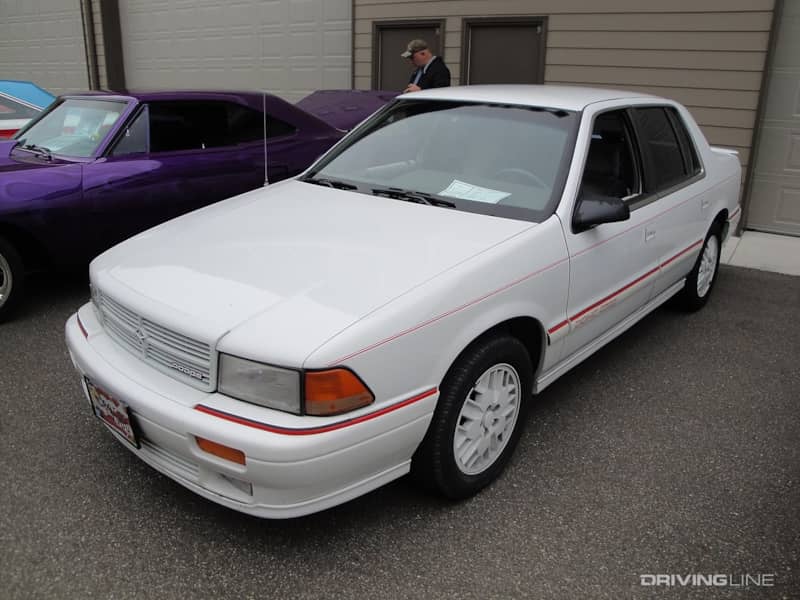
You may have noticed that the Turbo IV actually went on sale before the Turbo III. Only in the corporate world can this kind of time travel take place. The Spirit R/T's motor began development in 1985, but was beaten to the showroom by Shelby.
3. Dodge Caravan Turbo
Wait a minute. Despite its K-platform roots, the Dodge Caravan isn't exactly an econobox, so what's it doing on this list? The answer to that question is that it was briefly offered with a 2.5L Turbo I four-cylinder engine that was good for 150hp and 180 lb-ft of torque. With a five-speed manual in the equation, the Caravan Turbo was perhaps the ultimate outlier in the world of family haulers, and had a reputation for responding well to modifications from that tiny slice of the van world who cared more about ETs than third-row seating.
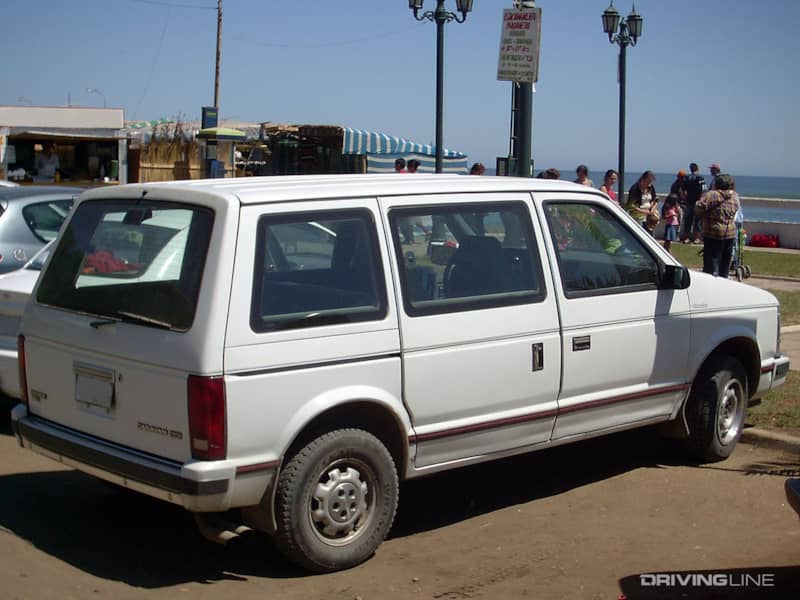
Very few of these vans survived to the current era, with the last models being produced in 1991. Incredible sleepers, they're proof positive of the culture of innovation that existed at Chrysler even during an era when budgets were tight.
4. Shelby Lancer
The second Shelby to make our round-up of forgotten turbo Mopars is the 1987 Shelby Lancer. Based on the Dodge Lancer sedan, 800 specially-modified "Graphic Red" versions of the car were given a new lease on life by way of a 2.2L Turbo II drivetrain good for 175hp and 175 lb-ft of torque. Combined with the Lancer's lightweight construction, the car was nearly as quick as the CSX off of the line and offered decent handling compared to the standard version of the car.
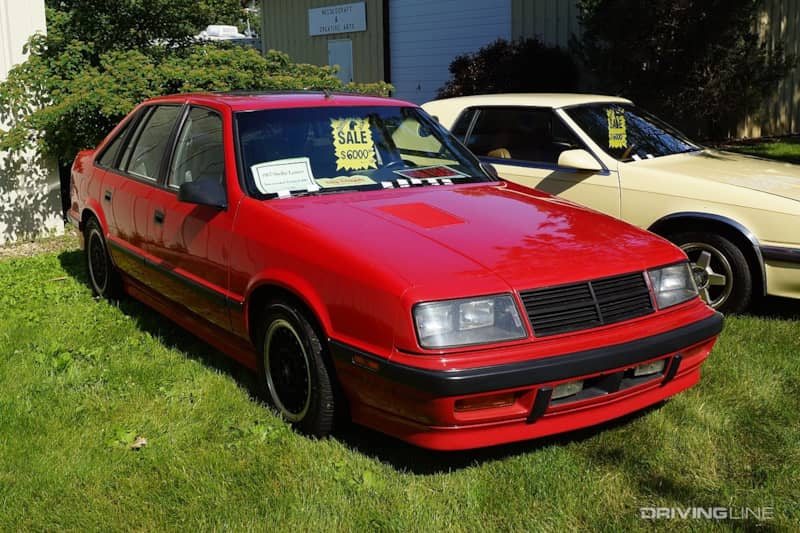
Although Shelby only built the Lancer for a single year, Dodge shifted production to its own factories for another two. Later versions mixed and matched parts and components, and aren't necessarily seen as true Shelbys (despite the name)—but regardless of pedigree, the Lancer is an uncommon sight on modern roads.
5. Chrysler Conquest
The Chrysler Conquest is a bit of a stretch when applying the turbo Mopar label. Yes, it wears a Chrysler badge, but the Conquest is actually a "captive import," a rebranded version of the Mitsubishi Starion and a precursor to the Diamond-Star Motors cars that carried the Pentastar's performance arm into the '90s.
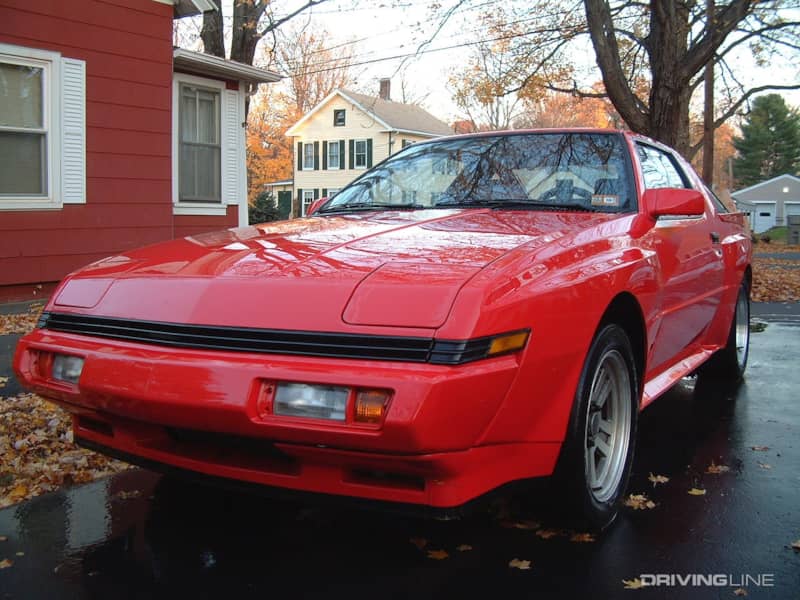
The Conquest used a rear-wheel drive setup matched with a 2.6L, 12-valve four-cylinder engine that was turbocharged to produce up to 177hp (when found in intercooled form). The Starion was around from 1983-89, with the Conquest joining the party in 1987. Despite being quick and fun (if a bit quirky to maintain), they've almost completely disappeared from the automotive landscape against a sea of RX-7s and Supras from the same era.





